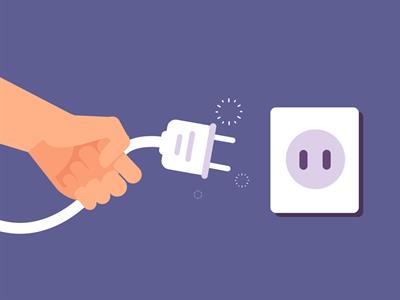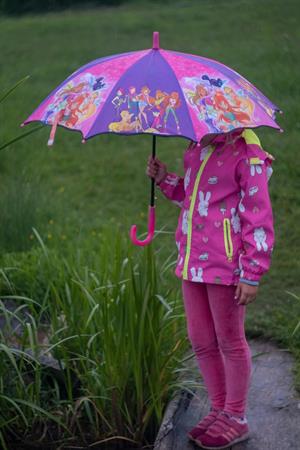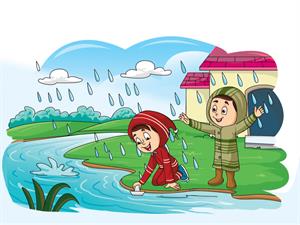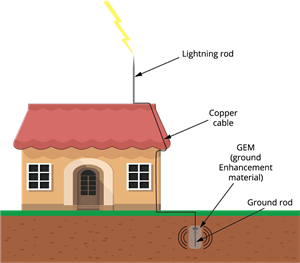
PUMPA - SMART LEARNING
எங்கள் ஆசிரியர்களுடன் 1-ஆன்-1 ஆலோசனை நேரத்தைப் பெறுங்கள். டாப்பர் ஆவதற்கு நாங்கள் பயிற்சி அளிப்போம்
Book Free DemoDo's during lightning:
Outside:
- Generally, lightning is preceded by thunder which serves as an alert to hide in closed buildings. Therefore when the sound of thunder is heard, rush to a safe place.
- Just squat on the ground if you don't find a place to hide.
- Stay away from poles or other metal objects.
Inside the house:
- A house or a building or a car with closed windows and doors is a safe place to hide during a lightning.
- Cordless phones and mobile phones are safer to use when compared to wired phones. However, it is not wise to call up a person who is receiving your phone through a wired telephone.
- Electrical appliances like computers, televisions, etc., should be unplugged; thus, we protect the appliances from lightning.

Unplugging the electrical appliances
Dont's during lightning:
Outside:
- During a lightning, an open place is not safe. There could be a chance of current discharge right over your body or head. So, avoid open fields and open terraces.
- Don't carry an umbrella during a thunderstorm; sometimes, lightning may strike the metal part of the umbrella.
- Never stand under tall trees because lightning may strike tall trees.

Inside the house:
- Lightning may strike telephone cords, electrical wires, and metal pipes. So during lightning, avoid contact with these objects.
- Avoid bathing during lightning to avoid contact running water which can conduct electric charges.

Do not play outside during rain
Lightning conductor:
- A lightning conductor is a device used to protect buildings from lightning.
- A metallic rod is placed at the top along the walls of the building during construction, such that one end of the rod is set in air while the other is buried in the ground.
- The rod provides an easy route for transferring electric charge to the ground without harming the building.
- When lightning strikes the rod, the charges get passed to the earth without affecting the building. Thus, the building is protected from lightning.

Lightning protection